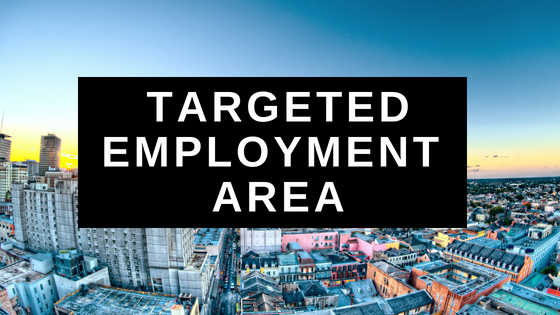The EB-5 Immigrant Investor Program offers a pathway to obtaining a U.S. green card for foreign investors seeking to make substantial investments in the United States. While the standard EB-5 visa has been a well-established route, the program also includes an expedited option and a unique rural or targeted employment area (TEA) option. In this blog post, we will delve into the distinctions between the expedited EB-5 visa and the rural/usual EB-5 visa, helping prospective investors make informed decisions.
Investment Amount and Job Creation Requirements:

Expedited EB-5 Visa:
The expedited option typically requires a higher investment amount compared to the standard EB-5 visa. Investors must invest a minimum of $1.8 million in a new commercial enterprise, or $900,000 if the investment is made in a targeted employment area (TEA), which is an area with high unemployment or rural designation.
Rural/Usual EB-5 Visa:
The standard EB-5 visa involves a minimum investment of $1.8 million, but if the investment is directed towards a TEA, the required amount is reduced to $900,000. This lower investment threshold is designed to encourage investments in areas that are economically challenged.
Targeted Employment Areas (TEAs):

Expedited EB-5 Visa:
The expedited option allows investors to invest in a broader range of projects without strict geographic constraints. TEA designation is not a primary consideration, providing more flexibility in selecting investment projects.
Rural/Usual EB-5 Visa:
The standard EB-5 visa emphasizes investment in areas that are in need of economic development. These areas, typically rural or with high unemployment rates, are designated as TEAs to encourage investment and job creation in regions that may struggle economically.
Job Creation and Economic Impact:

Expedited EB-5 Visa:
Investors are required to create or preserve at least 10 full-time jobs for qualifying U.S. workers within two years of the investor’s admission to the U.S. as a conditional permanent resident.
Rural/Usual EB-5 Visa:
Similar to the expedited option, the standard EB-5 visa requires the creation or preservation of at least 10 full-time jobs, but the focus is on stimulating economic growth in targeted areas.
Processing Time and USCIS Adjudication:

Expedited EB-5 Visa:
As the name suggests, the expedited EB-5 visa generally has a faster processing time, allowing investors to navigate the immigration process more swiftly.
Rural/Usual EB-5 Visa:
The standard EB-5 visa may have a longer processing time, as the regional center projects in targeted employment areas might require additional scrutiny.
Conclusion:
Understanding the nuances between the expedited and rural/usual EB-5 visa options is crucial for prospective investors. The decision ultimately depends on individual preferences, investment goals, and the desire to contribute to economic development in specific regions. Whether choosing the flexibility of the expedited option or the targeted impact of the rural/usual option, careful consideration of the requirements and implications is essential for a successful EB-5 visa journey.


Leave a Reply